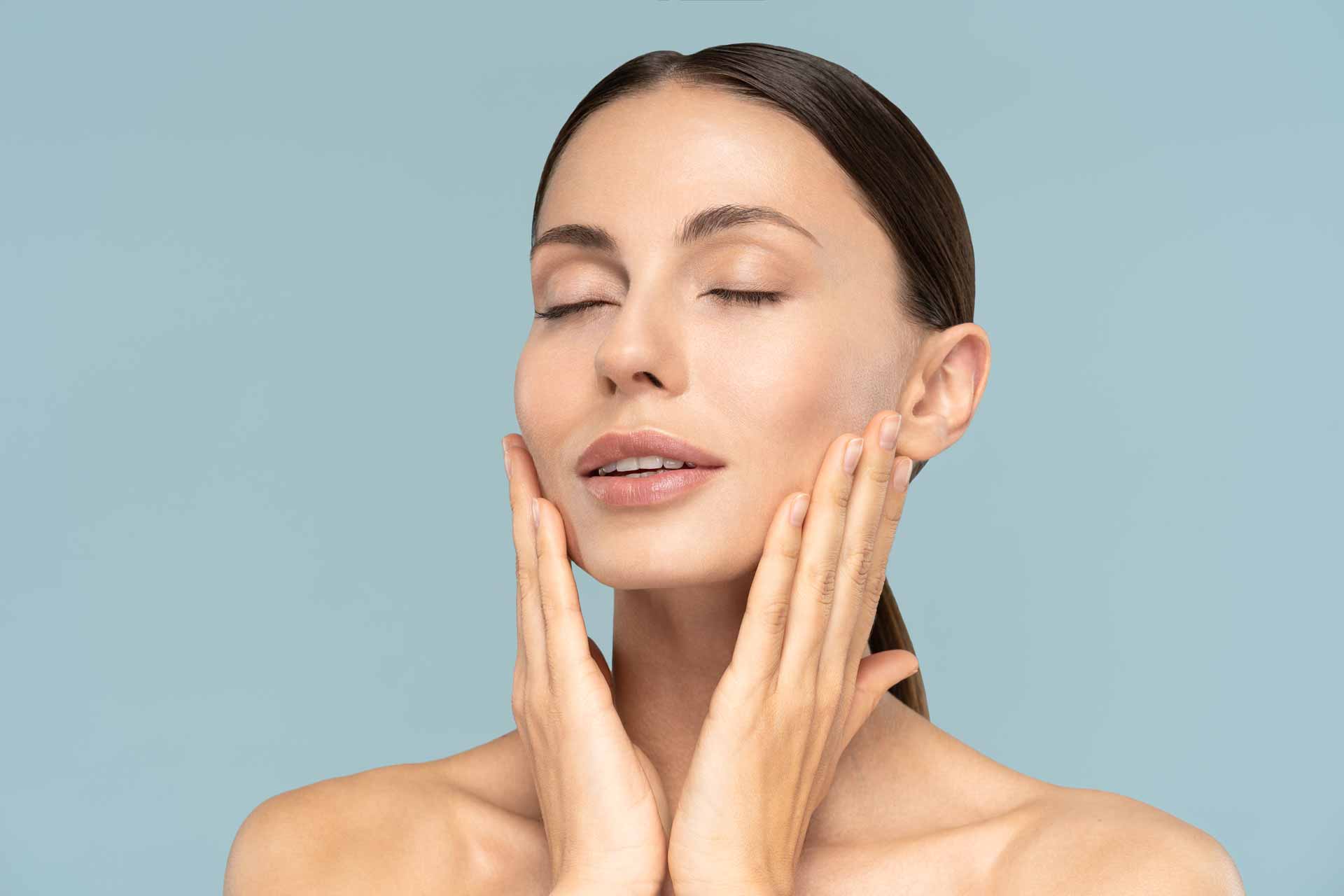Some people may have overgrown buccal fat that causes excessive fullness in the lower cheeks, making the face look too full or chubby. If you are dieting or exercising, it is really difficult to target fat in a specific area of the body, and that includes the fat around your face. Excessive buccal fat can make your face look disproportionate to the rest of your body, even if you have already lost weight.
Buccal fat removal can help reduce the fat deposits from your cheeks to make your face look thinner, enhance the appearance of your jaws, and give more definition to your cheekbones. The procedure requires an incision on the inside of the mouth, on the inner portion of the cheek to remove or reduce the unwanted fat and help you achieve your desired look. So if you are planning to undergo a buccal fat removal procedure, here are some of the things you should consider that can help you determine if the procedure is right for you.
Your health condition
Before planning to undergo a buccal fat removal procedure, make sure your medical history and current health condition are fit enough for you. If you have any medical condition, drug allergies, or are under any medications, you should talk to your doctor beforehand. It helps the doctor get a clear picture of your condition, which would make sure your surgery goes smooth without any complications. Also, if you have had any previous surgeries, it is better to discuss that too.
Risks and limitations
Buccal fat removal is generally safe, but just like other procedures, there are risks of bruising, infection, and injury to surrounding tissues and structures. Moreover, buccal fat naturally shrinks with age, so it is not preferable to be performed on people with thin or narrow faces. Doing so may cause the face to look shrunken and hollow as one ages. Alternatively, if required, only a marginal amount of fat can be extracted for safer long-term results. Also note, that the amount and size of buccal fat vary with every person, and even both cheeks may have an unequal fat pad. And be aware that the buccal fat cannot be replaced anymore when you get older.
Procedure and Pain
Buccal fat removal procedure is generally done under local anesthesia unless combined with other procedures. As necessary, a small incision is created on either side or both sides of the face. Through this incision, on the insides of your cheek, the buccal fat will be extracted or sculpted. And after that, the incision is closed with stitches that dissolve on their own over 1-2 weeks. The procedure lasts for about 30 to 60 minutes, and one could experience slight pain and discomfort for the time being. One can also expect swelling and bruising, which can last for 2-3 days.
Post-op care and Results
Essentially, it is better to have realistic expectations about the outcome of the surgery. While the results are permanent, your overall face will continue to change with age and with any weight fluctuations. Easy to chew or liquid diet would be instructed for at least one week post-surgery. Even eating anything too hot or spicy should be avoided for a few days. Special mouth rinses along with other medications will be prescribed to ease the pain, avoid infection, and aid in healing. And depending upon your treatment, you may need to wear a chin strap or any bandages at night for a week to give your face some extra support to heal. Scheduling follow-up appointments are also advised to monitor the progress and make way for a safe and speedy recovery.
The decision to undergo buccal fat removal surgery is very personal, and it is up to you to decide whether the expectation and benefits outweigh the risks and limitations associated with the procedure. So if you still have questions about the procedure and whether or not you would be the right candidate for buccal fat removal, here are some other key takeaways to consider! And you can also get in touch with us to schedule a consultation with Dr. Fisher.




